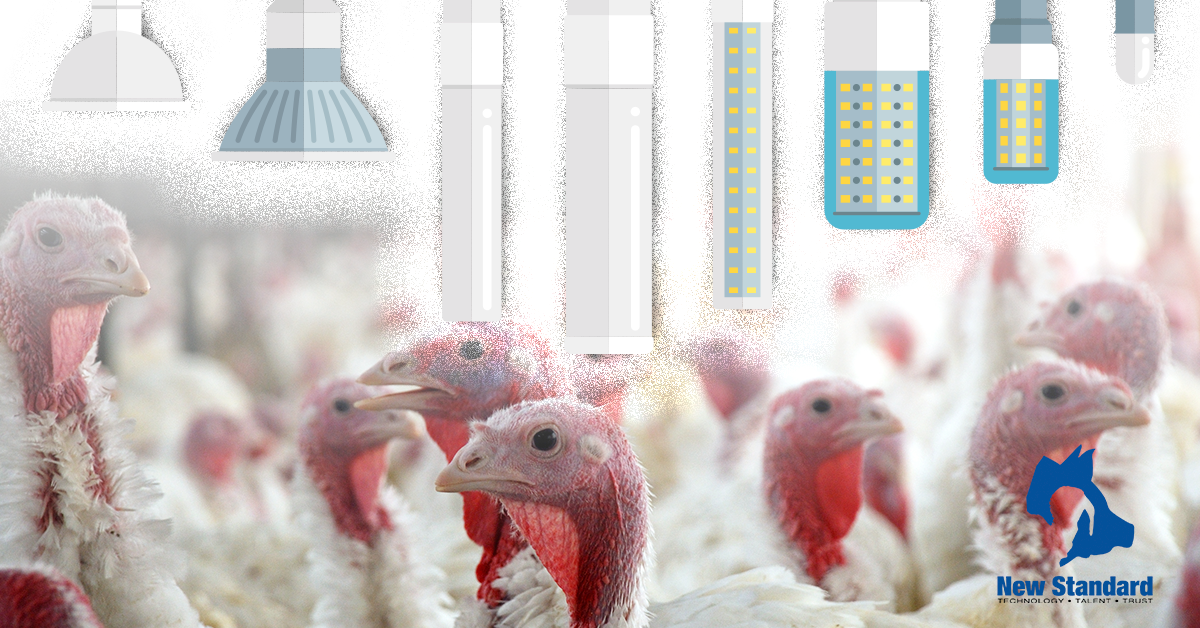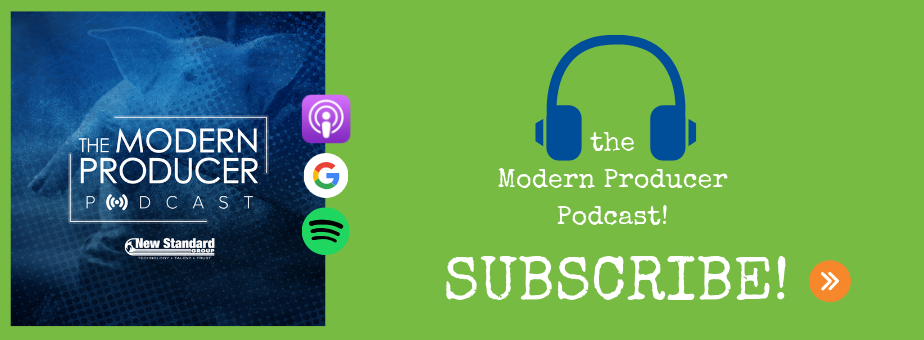
There is a growing concern about the implications of artificial light has on animals, specifically poultry. Here at New Standard, we believe in bringing the issue to light, to help educate about this rising issue.
Animals have adapted to the stable light regime of the sun and moon. Having stable lighting allows the animal to adapt to the habitat they live within, find food, mate and avoid predators. The issue is that there is no consistent steady in artificial lighting. Research has discovered the flickering within artificial, which can impact the animals significantly.
How?
Let’s dig in.
The Effects on Human: A Study
Firstly, let’s discuss when this seems to be acute. Artificial lighting during the night time has shown the concern of the overall health of a being. They began this research reviewing the effects on human health. They noticed that there were behavioral and physical effects on human health, in developing countries and night time workers while under artificial light during evening and night-time. What they discovered is that the flicker from the output on these lights resulted in: headaches, sight issues, neurological and physiological issues. Yet, when these symptoms happened were mixed. Some experienced it in their ability to notice the output flicker. Others, however, could not notice it, as the frequency of the flicker was faster than the human body could perceive. Thus, resulting in the neurological and physiological issues, and what they call Critical Fusion Frequency. With this information, they believed that some animals could also be affected and exhibit similar issues.
Critical Fusion Frequency
 What is Critical Fusion Frequency (CFF)?
What is Critical Fusion Frequency (CFF)?
An article from NCBI says it best, “the threshold at which an animal ceases to perceive a flickering light source as a series of flashes, but rather as a continuous stream of light.”
In conducting studies, researchers have discovered that mammals (also some reptiles, fish, crustaceans) with the same CFF as humans, could exhibit the same issues as state. The measure is 60 Hz.
How does this affect poultry?
The higher frequency of the output of light does not always register to humans. However, poultry, on the other hand, can detect it. Domestic poultry that live under artificial lights, can experience symptoms such as stress and poor health. Researchers have noticed the physiological and physical changes to poultry that live within the artificial light versus a wild poultry.
What can we do moving forward?
The importance to draw from this is the understanding of cheap LED lights leading to potential decrease in health among animals.
What are the solutions?
Currently, there are no solutions just yet, as the awareness is still rising. Many researchers have drawn conclusions that there is potential for detrimental effects in poultry, if there is still use of LED lighting during evening and night time.
So we are curious, what are your thoughts on LED lighting?
Do you believe there is potential to disrupt physical and mental capabilities of animals by flickering artificial lighting?
Sound off below, we want to know!
If you are curious to read further you can check out some of the links provided below for more information.
Links:
https://www.ncbi.nlm.nih.gov/pmc/articles/PMC4038456/





